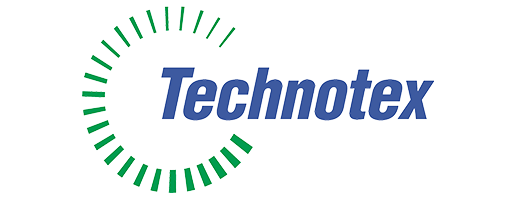
Lesson 1: a warm-up activity
Let's start with a warm-up activity, just to get the hang of it.
The indefinite articles
You use 'An' before a word that starts with a vowel.
Vowels are: a, e, o, i, u and sometimes y
You use 'A' before a word that strart with a consonant.
Consonants are all leters that aren't vowels.
Is that all?
No, there's a catch to this rule.
We determine the use of a or an depending on the way you pronounce a word, not on the way the word is spelled.
Therefore it's not 'an university', but 'a university'.
And it's not 'a hour', it's 'an hour'.
Want to learn more? Watch the video.
Exercise 1:
Plural Nouns
Good job! You just finished the first assignment.
Now that you've had your warming up it's time for a couple more difficult questions.
Let's see how well you know the English nouns in their plural form.
Instruction
-
+s or + 's?
Wanneer +s en wanneer +'s?
In het Engels plak je een s aan een woord vast als je meervoud aan wil geven. 1 book, 2 books.
Als iets een bezit is gebruik je 's
This is Lola's book ( het boek van Lola )
Als een naam echter op een s klant eindigt e.g. Max -> dan komt er alleen een ' achter om een bezit aan te duiden. Max' book.
Klik op onderstaande knop en beantwoord 3 vragen om erachter te komen of je de 's / s regels begrepen hebt.
-
Irregular plurals
Plurals
De Engelse taal, zou de Engelse taal natuurlijk niet zijn als er geen uitzonderingen op de +s-regel zouden bestaan.
Een aantal uitzonderingen op een rijtje:
> Knife >> knives
> Leaf >> leaves
> Life >> lives
> Wife >> wives
Conclusie: f(e) wordt > ves
Potato >> Potatoes
Hero >> Heroes
Musquito >> Musquitoes
Let op: er is een uitzondering op de regel. Als het woord geleend is uit een andere taal, zoals photos of pianos, dan plak je de S wel gewoon aan een woord dat eindigt op een o.
En dan een aantal die je uit je hoofd moet leren:
Child >> Children
Mouse >> Mice
Foot >> Feet
Person >> People
Er zijn ook een aantal woorden die zowel enkelvoudig als meervoudig op dezelfde manier gebruikt worden:
Sheep
Shrimp
Deer
Moose
Aircraft
Spacecraft
